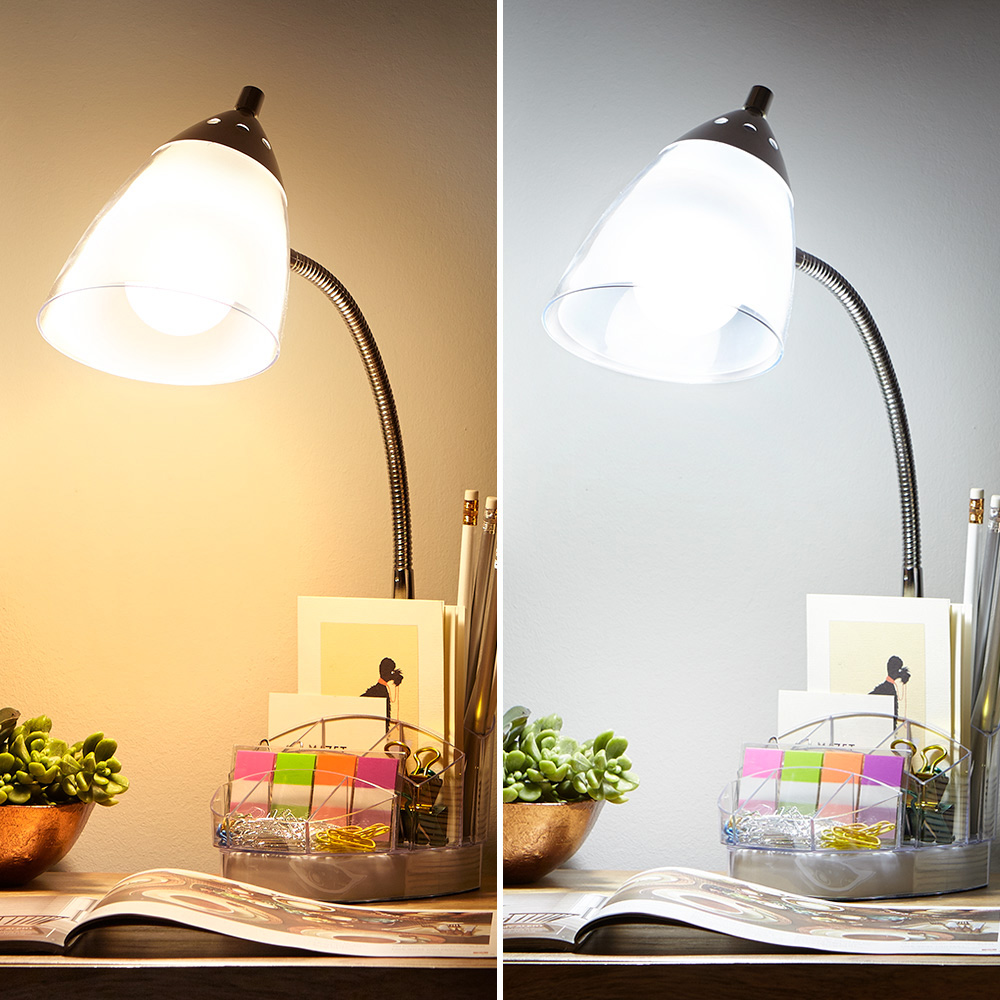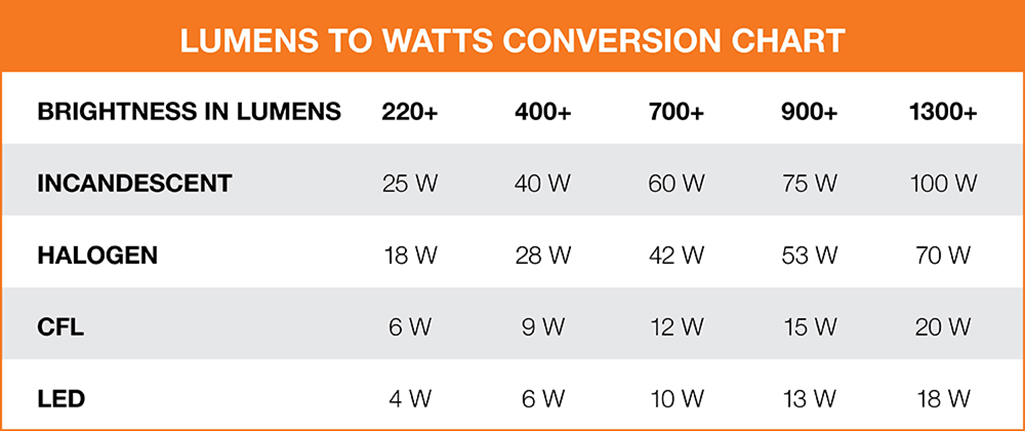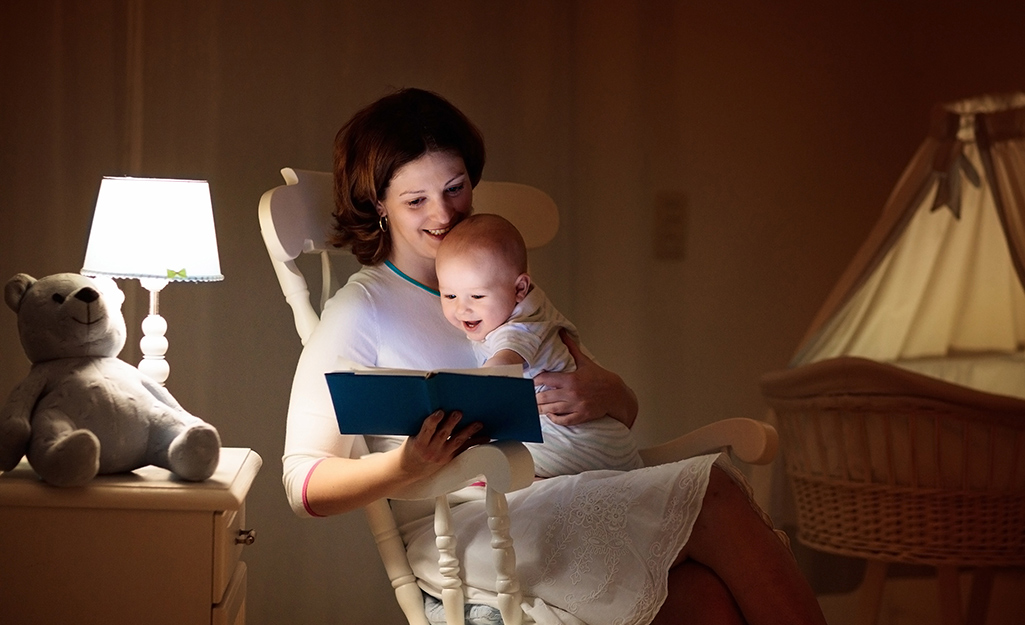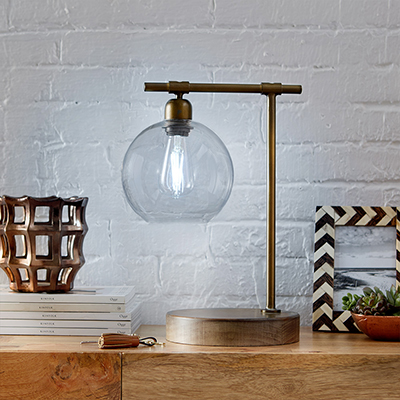Light Bulb Brightness

Last updated September 7, 2023
Buying the correct lighting doesn't have to be complicated. Whether you're buying for your home or a restaurant, are confused about lumens vs watts or simply don't know why some lights are brighter than others, this guide is here to help. In this guide, you will learn the ins and outs of light bulb brightness, energy, color and more.
Table of Contents
Lumens Versus Watts
Lumen-to-Watt Conversion
LED Versus Incandescent Bulbs
Kelvin Scale
Adjustable LED Bulbs with Color-Changing Technology
Lumens Versus Watts

What is a lumen, and what is a watt? What are lumens to watts? Most people are familiar with what a watt is, but less familiar with a lumen. When trying to figure out light bulb brightness, it's important that you understand the difference between lumens and watts.
A watt measures how much electricity is being used by an item. If a package says the bulb uses 60 watts, or 60W, it means that that bulb will use 60 watts of electrical power. This does not indicate, however, how bright a lightbulb is. But a lumen does.
A lumen measures the amount of light that comes from a bulb, also known as light bulb brightness. A standard 40W bulb is equal to 400+ lumens, which represents the brightness of a bulb. Typically, the higher the wattage, the higher the lumens, and the greater output of light.
Lumen-to-Watt Conversion

You may ask yourself how many lumens are in a watt. Exactly how bright is 100 lumens? Unfortunately, it's not that simple, since watts measure energy output and lumens measure brightness. The conversion can be tricky since there are so many types of bulbs to choose from.
Energy-efficient bulbs such as LED light bulbs or CFL bulbs use less wattage than a standard incandescent bulb, halogen light bulb or fluorescent bulb. But even though an LED bulb uses less wattage, it'll have more lumens than a standard bulb. For example, a 4W LED bulb is 220+ lumens, while the same amount of lumens can be found in a standard 25W bulb. A standard bulb uses more energy to produce the same amount of lumens as an LED bulb. This goes to show that you can achieve the same brightness with less wattage, or energy. More lumens per watt means your light bulb is more efficient, since more light is produced with less power.
Use this helpful watts to lumens chart to figure out the conversion.
LED Versus Incandescent Bulbs

Incandescent bulbs are the most affordable of light bulbs and are common choices for desk and table lamps, accent lighting and areas where less luminous lighting is needed such as storage rooms or closets.
LED light bulbs use a light-emitting diode (LED). This is a solid-state semiconductor that emits light when a current passes through it. These high-efficiency bulbs emit more lumens per watt and last 20 times longer than incandescent bulbs. A 10W LED bulb produces as much light as a 60W incandescent bulb. LED bulbs are suitable for hard-to-reach areas, since they don't need to be changed very often.
Kelvin Scale

The light Kelvin scale is a more complex way of talking about the color temperature of a light bulb. Color temperature describes the warmness or coolness of a light, or the appearance of the light that comes from a light bulb. Color temperature is measured in degrees of Kelvin on a scale of 1,000 to 10,000; for consumers in commercial and residential lighting, the range is between 2000K and 6500K.
Color temperature of 2000K-3000K:
- Warm white light appearance
- Warm incandescent or LED light
- Cozy ambience
- Best used in restaurants and residential areas
Color temperature of 3100K-4500K:
- Cool white light appearance
- Cool white LED light
- Bright ambience
- Best used in garages, basements and when completing a task
Color temperature of 4600K-6500K:
- Daylight light appearance.
- Usually giving off a bluer tone; a bulb with this range is the best light bulb for reading
- Crisp, cool ambience
- Best used as security lighting, in display areas and when completing a task
Adjustable LED Bulbs with Color-Changing Technology

Color-changing technology lets you adjust the color temperature of an LED light bulb to suit various purposes. Other bulbs use an integrated switch that allows the user to cycle through five color temperatures – soft white, bright white, true white cool white or daylight.
Rather than rely on multiple light sources with single-temperature bulbs, the lighting in your room can be made warmer for atmosphere or cooler and brighter for task lighting from the same source. This can save space and even money as you will use fewer bulbs.
Light bulb brightness is more than lumens and watts. Knowing light’s coolness, warmth and color levels can help in your choice of lighting for any room.
Searching for specific light fixtures for your workspace, home or more? Find products fast with image search in The Home Depot Mobile App. Snap a picture of an item you like and we’ll show you related products.



































